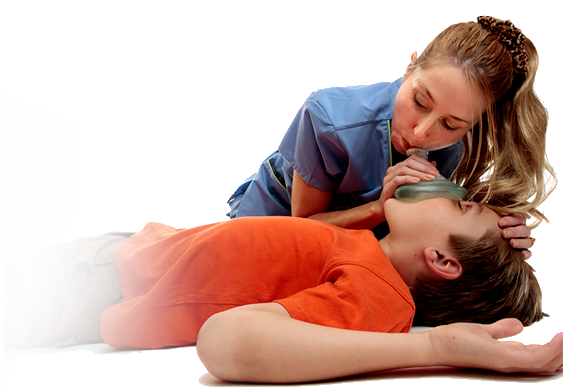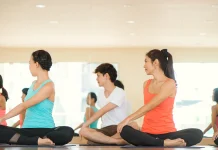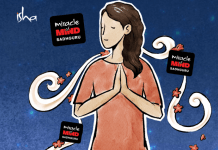Keep a first aid kit in the garage near the fire extinguisher. One adult member of the family and one responsible member of the household staff should take a basic first aid course with qualified instruction including instruction in the administration of mouth-to-mouth and Cardio Pulmonary Resuscitation (CPR).
Basic rules: Check that professional help has been summoned, keep yourself and the casualty calm and check the four “Bs”
- Breathing: Check that the casualty is breathing and that the airway is clear. If breathing has stopped, administer mouth-to-mouth resuscitation. If breathing and pulse has stopped, administer CPR
- Bleeding: For visible bleeding, lie the casualty down and apply direct gentle pressure to the affected area. With visible and suspected internal bleeding, gently raise affected limbs to a rested position above the level of the heart
- Burns: Apply liberal amounts of cold running water continuously until medical assistance arrives. DO NOT apply butter or other similar substance
- Bones: If a broken bone is suspected, do not move the casualty any more than is necessary to avoid further injury. Immobilise the affected limb. For head injuries, recline the casualty with the head slightly above ground level
First aid kit
A basic household first aid kit should consist of at least the following, PLUS a two day supply of any vital prescription drugs that may be required by any member of the family or household staff (i.e. insulin, inhalers etc.)
| Basic First Aid kit | |
| Gauze pieces 75mm X 75mm, sterile packs of 5 | 5 packs |
| BPC wound dressings No. 15 | 1 |
| Dressings sterile, non-adhesive, small (wound) | 3 |
| Dressings sterile, non-adhesive, large (wound) | 1 |
| Eye pads, sterile, individually wrapped | 4 |
| Conforming cotton bandages, 50 mm | 3 |
| Conforming cotton bandages, 75 mm | 3 |
| Conforming cotton bandages, 100 mm | 1 |
| Triangular bandages | 1 |
| Non-stretch adhesive tape, 25 mm X 2 m rolls (hypo-allergenic) | 1 |
| Adhesive dressing strips, independently wrapped, minimum quantity | 50 |
| Paracetamol tablets | 10 |
| Antiseptic impregnated swabs | 10 |
| Povidine-iodine solution | 15 ml |
| Cotton-tipped applicators | Pack |
| Disposable plastic gloves | 5 |
| Disposable eyewash (holding at least 30 ml) | 1 |
| Scissors (blunt points) | 1 |
| Splinter probe/remover | 1 |
| 70% alcohol swabs (for instrument disinfection) | 10 |
| Safety pins | 5 |






